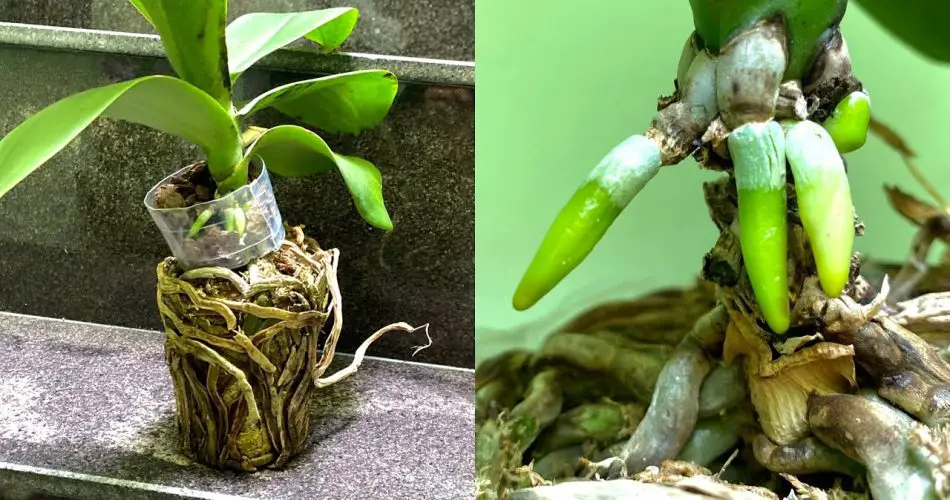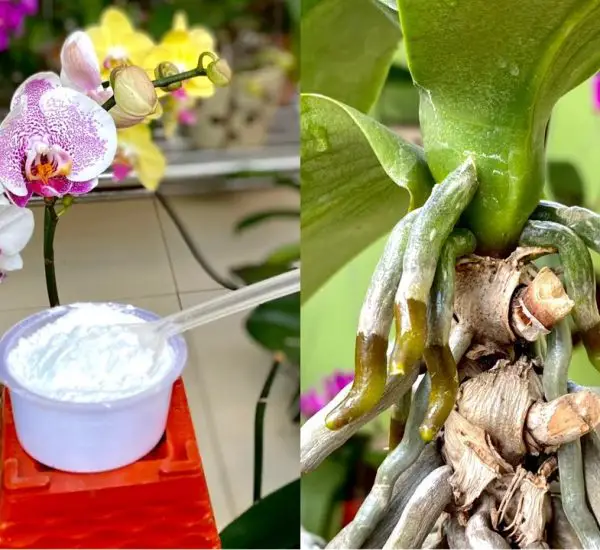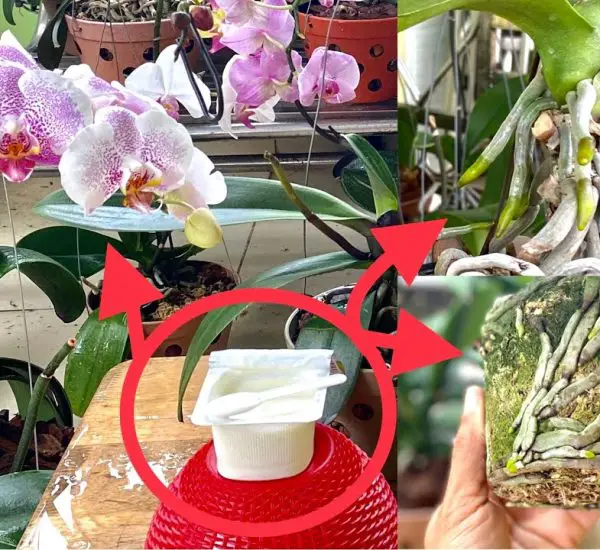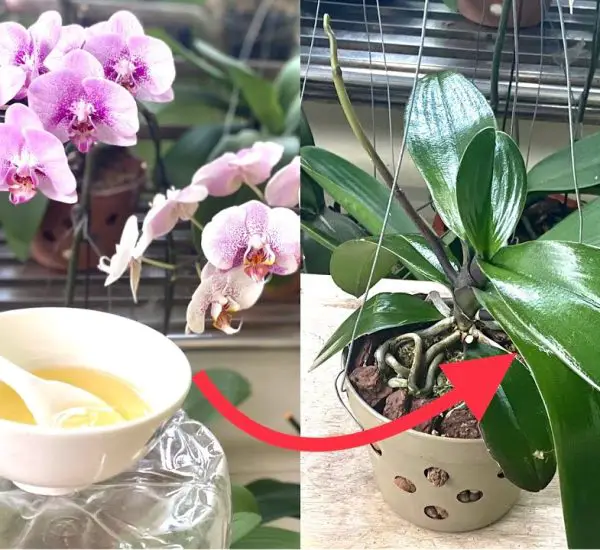1. Allowing Orchids to Recover Naturally
When faced with weak orchids exhibiting yellow leaves and damaged roots, it’s crucial to opt for a propagation method that is both easy and effective. Instead of repotting, which may impede root development, the first step involves placing the potted plant in a cool, dry location for a week without watering. This strategic approach allows the diseased roots to naturally dry out, effectively combating fungal issues. By withholding water during this period, the orchid is encouraged to undergo a natural healing process, setting the stage for subsequent rejuvenation.
2. Pruning and Disinfecting for Healthy Regrowth
Once the initial phase is complete and the orchid has acclimated to its environment, attention shifts to pruning. Yellowed or damaged leaves near the base should be carefully removed, leaving a clean slate for new growth. To enhance disinfection and facilitate rapid rooting, a simple yet powerful ingredient comes into play—purple onion. Mixing a purple onion with 300ml of water creates a potent solution for spraying the orchid. This natural disinfectant aids in preparing the orchid for the next step, ensuring a healthier and more robust regrowth.
3. Mimicking Natural Conditions with Pine Bark
To simulate the orchid’s natural habitat, particularly its tendency to cling to rotting wooden trunks, the propagation process incorporates soaked pine bark. Placing the pine bark strategically and securing it with clamps provides an environment conducive to quick root development. This step aligns with the orchid’s natural inclination, fostering a connection to nature that accelerates the rooting process. Throughout this phase, the pot is positioned in a cool, well-lit area. Regular misting of the leaves every three days ensures the targeted part remains consistently moist, promoting rapid recovery and the emergence of new roots.
4. Rejuvenating and Transplanting for Optimal Growth
After approximately a month of following this straightforward propagation method, the orchid boasts a robust and healthy root system. This pivotal stage signals the readiness to rejuvenate the plant by transplanting it into a new pot. To facilitate optimal growth in an external environment, a brief period of abstaining from watering is recommended. Subsequently, the orchid is placed in a cool setting, followed by a gradual resumption of normal care. As a final touch, the removal of old planting materials and a deliberate withholding of water for two days set the stage for sustained health and vitality in the propagated orchid.
This method offers orchid enthusiasts a simple yet effective means of propagation, ensuring the swift development of strong and healthy roots, ultimately contributing to the overall resilience and longevity of these delicate flowering plants.



